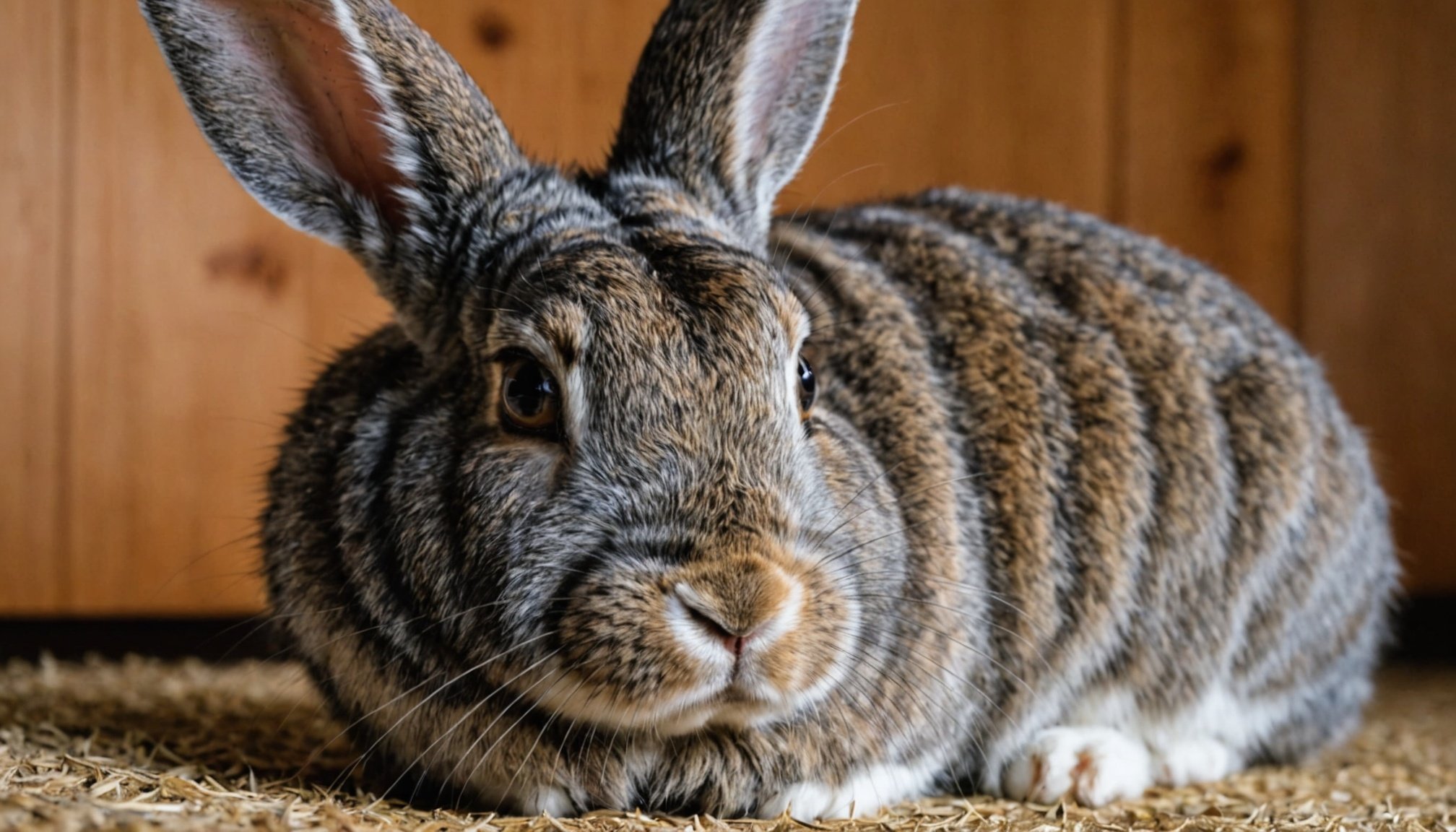Overview of Common Skin Issues in Pet Rabbits
Rabbits, like other furry companions, are prone to a variety of skin conditions. Recognising these can be key to maintaining your rabbit’s health. Some common skin issues in rabbits include mites, fungal infections, and dermatitis. These ailments can often present as redness, hair loss, or excessive scratching, and recognising these symptoms early can prevent more serious health complications.
Rabbits can suffer from mites, which manifest as scaly, crusty skin and can be quite uncomfortable for the pet. Fungal infections, on the other hand, usually result in circular patches of hair loss and inflammation. Dermatitis, often caused by allergens or moisture, can present as red, raw patches of skin.
Also read : Essential Tips for Primping Your Long-Haired Chihuahua: Expert Grooming Practices Unveiled!
Recognising these symptoms early is crucial. It allows for timely treatment, minimising your rabbit’s discomfort and preventing secondary infections that could arise from untreated skin issues. Regular checks of your rabbit’s skin can help in catching these conditions early.
In this section, we will provide a brief overview of skin conditions that will be covered, establishing a solid foundation for understanding rabbit health. This crucial knowledge will empower you to take proactive steps in caring for your beloved pet rabbit.
This might interest you : Can dachshunds thrive in dog sports without risking back injuries?
Identifying Symptoms of Skin Issues in Rabbits
To ensure your rabbit stays healthy, recognizing symptoms of skin issues is crucial. Understanding changes in their behavior is often the first indicator that something is amiss. Keep an eye out for any signs that disrupt their usual patterns.
Visual Signs of Skin Problems
Identifying skin signs is pivotal. Look closely for visible symptoms such as redness, bumps, or areas of hair loss. These could be indicators of conditions like dermatitis or mange. If you notice such symptoms, it’s essential to observe any corresponding changes in rabbit behavior.
Behavioral Changes Related to Skin Issues
Rabbits often exhibit behavioral shifts when experiencing skin discomfort. Common indicators include persistent scratching, hiding, or avoiding interaction. These actions could correlate with underlying skin conditions. Monitoring their regular behavior helps in pinpointing issues for a thorough diagnosis.
Importance of Regular Check-ups
Routine visits to the vet play a key role in maintaining your rabbit’s health. Regular check-ups should be based on the rabbit’s breed and age, with frequent evaluations aiding early detection. Early diagnosis of skin problems through routine check-ups ensures treatment success, preventing further complications.
Common Causes of Skin Issues in Rabbits
Ensuring rabbit skin health is crucial for their overall well-being, yet various factors can lead to skin conditions. Environmental factors, including humidity and living conditions, significantly impact a rabbit’s skin health. High humidity levels can promote the growth of bacteria and fungi, leading to infections. Living environments that are not regularly cleaned or that lack proper ventilation can create conditions for skin issues to develop.
Furthermore, genetic predispositions play a role in skin conditions. Certain breeds are more susceptible to skin problems due to their genetic makeup. For example, some breeds might inherit a predisposition to sensitive skin, making them more prone to irritation and infection. Recognizing these predispositions can help rabbit owners take preventive measures to mitigate potential issues.
Parasites like mites and fleas are also common culprits in deteriorating rabbit skin health. These parasites can cause irritation, inflammation, and in severe cases, lead to serious infections if not promptly addressed. Regular grooming and maintaining a clean environment are essential in preventing and managing these parasitic infestations.
Understanding these causes of skin conditions allows rabbit owners to take informed steps to prevent and treat skin problems effectively, ensuring their furry companions remain happy and healthy.
Management and Treatment Options for Skin Issues
When rabbits face skin issues, understanding effective management strategies is crucial for maintaining their health. Exploring the right treatment for rabbit skin problems can prevent minor concerns from becoming major ones.
Home Remedies and Preventive Measures
Maintaining good rabbit care starts at home. Simple measures, such as ensuring a clean and spacious environment, minimise skin problems. Daily grooming helps remove loose hair and dirt that can irritate the skin. A balanced diet, rich in vitamins and minerals, supports skin integrity and reduces the likelihood of issues. This dietary approach is part of an overall management strategy to keep your rabbit healthy and comfortable.
Veterinary Treatments and Medications
If home care doesn’t suffice, veterinary guidance becomes essential. Common treatments for rabbit skin conditions include topical creams for mild irritations and systemic medications for more severe cases. These treatments should be administered only under veterinary supervision, as rabbits have specific needs that require professional insights. Proper medical intervention ensures effective and safe recovery for your pet.
When to Seek Professional Help
Identifying signs that necessitate veterinary attention is critical. If your rabbit exhibits persistent sores, excessive itching, or noticeable discomfort, it’s time to consult a vet. Delaying professional care could complicate the issue. Prior to a vet visit, prepare detailed observations to aid in swift diagnosis and appropriate treatment.
Resources for Further Assistance
Navigating the world of rabbit care can be complex, but rabbit care resources are plentiful and can guide you. Numerous credible online resources offer extensive pet health information, catering to your rabbit’s specific needs. Websites such as the House Rabbit Society provide comprehensive advice on everything from diet to environmental enrichment, helping you understand the nuances of rabbit companionship.
Books and guides remain invaluable, providing detailed insights into specific veterinary care requirements. “Rabbits for Dummies” and “The Bunny Lover’s Complete Guide To House Rabbits” are highly recommended for both new and seasoned rabbit owners. These guides cover essential topics, including nutrition, common health issues, and behaviour.
Engaging with local rabbit care communities can offer personalized insights. Participating in forums or attending events hosted by rabbit clubs can connect you with experts who share their knowledge and experience firsthand. These communities often organize sessions where professionals discuss crucial aspects of rabbit care, ensuring your furry friend’s well-being is addressed comprehensively.
Utilizing rabbit care resources effectively equips you to provide optimal care for your pet. Embrace the opportunity to learn from these platforms and foster a supportive environment where your rabbit can thrive. Knowledge, shared by both professional sources and fellow enthusiasts, plays a significant role in maintaining your rabbit’s health and happiness.











